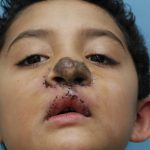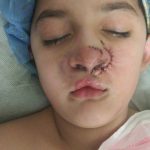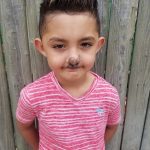
A hairy nevus is a type of birthmark that is a darkly pigmented, hairy patch of skin. Children are born with a hairy nevus (or hairy nevi if there are more than one), which will continue to grow proportionally as the child develops.

A hairy nevus is a type of birthmark that is a darkly pigmented, hairy patch of skin. Children are born with a hairy nevus (or hairy nevi if there are more than one), which will continue to grow proportionally as the child develops.
A hairy nevus that reaches or exceeds 8 inches in diameter by adulthood is called a giant congenital hairy nevus. Larger hairy nevi do have a higher risk of skin cancer, but it’s important not to jump to conclusions before you’ve seen a doctor to diagnose and test the nevi.
In most cases, a hairy nevus is nothing to worry about, however, seeking out medical advice is always the best course of action. A biopsy will most likely be recommended to rule out any potentially cancerous cells.
In minor cases, lasers or dermabrasion can be used to remove the nevus or improve its appearance. In most cases, hairy nevi can be treated with a very straightforward, routine surgical removal. In rare cases, a hairy nevus may need to be removed in several stages.
As with all of the congenital birth defects we treat at Little Baby Face Foundation, we believe that it’s best to choose the treatment that is the least invasive and most effective for children.
We urge you to reach out by filling out the form below. We have the nation’s leading experts in congenital birth defects and a highly sensitive staff waiting to help you and your child get the very best care.
In most cases, a hairy nevus is nothing to worry about, however, seeking out medical advice is always the best course of action. A biopsy will most likely be recommended to rule out any potentially cancerous cells.
In minor cases, lasers or dermabrasion can be used to remove the nevus or improve its appearance. In most cases, hairy nevi can be treated with a very straightforward, routine surgical removal. In rare cases, a hairy nevus may need to be removed in several stages.
As with all of the congenital birth defects we treat at Little Baby Face Foundation, we believe that it’s best to choose the treatment that is the least invasive and most effective for children.
We urge you to reach out by filling out the form below. We have the nation’s leading experts in congenital birth defects and a highly sensitive staff waiting to help you and your child get the very best care.
A hairy nevus that reaches or exceeds 8 inches in diameter by adulthood is called a giant congenital hairy nevus. Larger hairy nevi do have a higher risk of skin cancer, but it’s important not to jump to conclusions before you’ve seen a doctor to diagnose and test the nevi.
In most cases, a hairy nevus is nothing to worry about, however, seeking out medical advice is always the best course of action. A biopsy will most likely be recommended to rule out any potentially cancerous cells.
In minor cases, lasers or dermabrasion can be used to remove the nevus or improve its appearance. In most cases, hairy nevi can be treated with a very straightforward, routine surgical removal. In rare cases, a hairy nevus may need to be removed in several stages.
As with all of the congenital birth defects we treat at Little Baby Face Foundation, we believe that it’s best to choose the treatment that is the least invasive and most effective for children.
We urge you to reach out by filling out the form below. We have the nation’s leading experts in congenital birth defects and a highly sensitive staff waiting to help you and your child get the very best care.
In most cases, a hairy nevus is nothing to worry about, however, seeking out medical advice is always the best course of action. A biopsy will most likely be recommended to rule out any potentially cancerous cells.
In minor cases, lasers or dermabrasion can be used to remove the nevus or improve its appearance. In most cases, hairy nevi can be treated with a very straightforward, routine surgical removal. In rare cases, a hairy nevus may need to be removed in several stages.
As with all of the congenital birth defects we treat at Little Baby Face Foundation, we believe that it’s best to choose the treatment that is the least invasive and most effective for children.
We urge you to reach out by filling out the form below. We have the nation’s leading experts in congenital birth defects and a highly sensitive staff waiting to help you and your child get the very best care.
If you’re new to this and wondering where to start, please complete the form below so we can get you on the right path. You’re not alone in this, and help is here for you whenever you’re ready.
If you’re new to this and wondering where to start, please complete the form below so we can get you on the right path. You’re not alone in this, and help is here for you whenever you’re ready.







